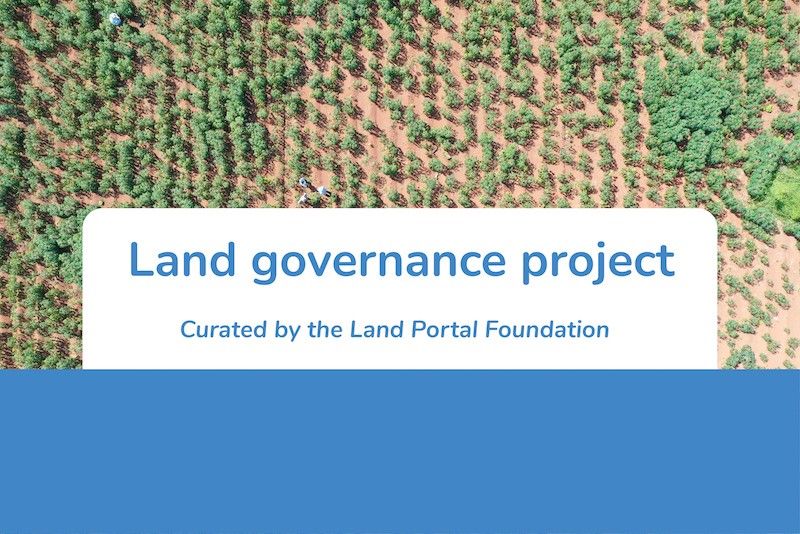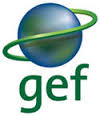Community / Land projects / Deforestation Free Commodity Supply Chains in the Peruvian Amazon
Deforestation Free Commodity Supply Chains in the Peruvian Amazon

€34592637.53
08/21 - 08/21
Concluído
This project is part of
Implementing Organisations
Donors
Data Providers
Objectives
Introduce sustainable (deforestation-free and profitable) commodity production models to reduce deforestation and land degradation caused by the ongoing increasing unsustainable production of agricultural commodities in critical economic-ecological jurisdictions in the north-western Amazon of Peru. To this end, the Project promotes responsible value chains and partnerships with major deforestation-free commodities (DFC) buyers. The strategy aims at reducing deforestation and degradation caused by increasing production of unsustainable agricultural commodities (coffee, cocoa, and palm oil) in critical economic-ecological jurisdictions in the NW Amazon: San Martin, Amazonas, Loreto, and Cajamarca. Consequently, this strategy will contribute to transforming commodity-related food systems in the Peruvian Amazon towards sustainability.
Other
Note: Disbursement data provided is cumulative and covers disbursement made by the project Agency.
Target Groups
97. The Project will deliver benefits at the national and local levels. The implementation of the Project’s four components will result in an estimated 1.3 M ha. under ILM systems that will be distributed throughout 17 provinces in the Departments of San Martín, Loreto, Amazonas, and Cajamarca. To achieve this benefit, alliances with major private commodity buyers will support deforestation-free commodities, responsible value chains, financing, and increased sustainable commodity production. Further, restoration of productive landscapes, including HVCF and conservation corridors, will result in an estimated 67,885,652 tn of GHGe mitigated. Through sustainable business models and exchanges, the Project will ensure the replication of good practices and empower participatory decision-makers at local, regional, and national levels, as well as supply-chain actors.98. At the local level, the Project will emphasize on gender-balanced, ethnicity, FPIC and equity — 120,000 direct beneficiaries (24,000 families), at least 50,000 smallholders shifted to deforestation-free commodities, including independent and associated smallholders and communities (local and indigenous) that will participate in the restoration and conservation of degraded productive land and natural habitats through DFC production models in the 3 commodities (coffee, cocoa, and oil palm). The direct beneficiaries include existing producers that will improve their current DFC practices and new producers that will shift from unsustainable practices to DFC production models, with support of the Project. Besides, there will be a wide range of indirect beneficiaries, i.e., stakeholders involved in the different steps of the DFC supply and value chains.99. The Project will deliver multiple socioeconomic benefits. These benefits include, at the national level, enhancing the capacity of staff from public institutions (e.g., MIDAGRI, MINAM) to implement, manage and monitor DFC initiatives at the landscape level effectively. Further, governments, municipal banks and producers (including women and vulnerable indigenous groups) will benefit from capacity development at the local level. The project will also strengthen the governance framework of DFC, ILM, LU, and conservation of HCVF and ecosystems, including biological corridors.100. Other core benefits, at the local level, include access to financial products (credit, guarantee schemes, technology, and technical extension services) and, most importantly, establishing sustainable partnerships with large DFC buyers and traders through a consistent supply of DFC. This is at the core of improving local livelihoods and long-term sustainability.101. The project implementation will coincide contribute to the economic reconstruction after COVID. In the post-COVID scenario, the GOP will prioritize investing in the agriculture sector, including commodity sectors. The MIDAGRI has already launched the Sectoral Working Group to articulate sectoral and regional actions linked to the coffee value chain. Similar measures are expected for the cocoa and oil palm. These groups will help implement the National Action Plan on Coffee, Cocoa, and Oil Palm and contribute to achieving competitiveness and sustainable farming. Besides, GOP has launched significant financing funds in support of the coffee sector.102. As noted in Section 3, the Project's strategy is aligned with (and supports) the following GEF focal Areas: Biodiversity (BD), Climate Change (CC), Land Degradation (LD), Chemicals and Waste (CW), and the FOLUR Impact Program. Therefore, the GEF investments in the Project will deliver global environmental benefits through its integrated investments across the various dimensions of the global environment.On biodiversity, the Project will mainstream biodiversity conservation in commodity landscapes, promoting community conservation agreements, establishing HVCF corridors, and addressing direct drivers to protect habitats in the Peruvian Amazon. Therefore, the Project will conservation globally significant biodiversity and promote the sustainable use of the components of globally significant biodiversity (e.g., genetic resources linked to DFC production);Climate Change Mitigation. The Project will reduce GHGE at the landscape level. Therefore, it will contribute to CC mitigation by establishing DFC-related sustainable mitigation of anthropogenic greenhouse gas concentrations (GHG) in the atmosphere. Therefore, the Project will promote innovative DFC technologies and management practices that lead to GHG emission reduction and carbon sequestration; and conserve and enhance carbon stocks through DFC, climate-smart agriculture, SFM, and other sustainable land-use models.Land Degradation. The Project addresses deforestation and land degradation by providing appropriate technology, preference financing, capacity building, and KM to shift DFC production to restored lands to maintain forests. In addition, the Project promotes agroecosystems and preserves forest ecosystem goods and services. The Project's DFC model can avoid greenhouse gas emissions and increase carbon sequestration in productive landscapes.In addition, the Project benefits include policy reform to improve land use planning, restoration of degraded landscapes and the ground implementation of integrated landscape management (ILM) to achieve land degradation neutrality (LDN), and contribute to meeting national LDN targets.Regarding Chemicals and Waste, the Project's DFC model promotes the phasing out using toxic agrochemicals to prevent the exposure of humans and the environment to harmful substances. For example, the Project promotes non-chemical pest control options, organic fertilizers, and organic production. The Project will reduce agricultural runoffs and phasing out chemical/pollutant agricultural inputs associated with conventional commodities production.In terms of Sustainable Forest Management/REDD+, the Project will reduce forest loss and forest degradation at the landscape level. Therefore, it will preserve a range of environmental services and products derived from forests. Further, the Project will enhance local communities' livelihoods' resilience (who are forest-dependent people), notably, indigenous communities.Lastly, regarding the FOLIUR IP, The project components promote sustainable and profitable deforestation-free commodities through responsible value chains and partnerships with a range of public and private stakeholders, including large DFC buyers. This activity will result in resilient food systems (including DFC) at the national and global levels.




